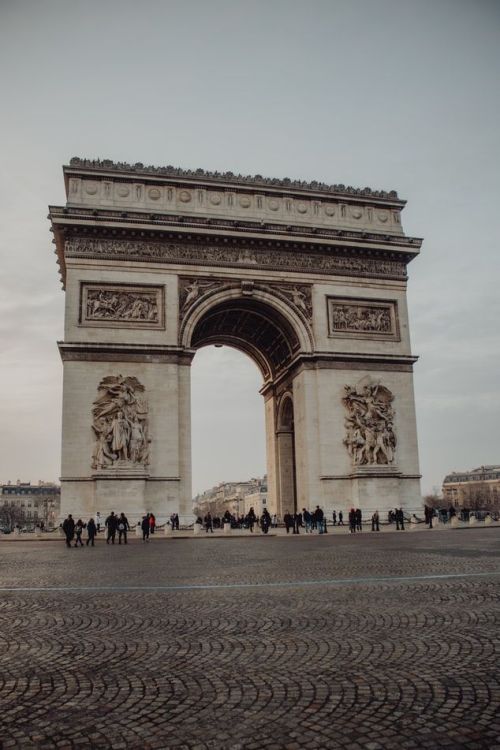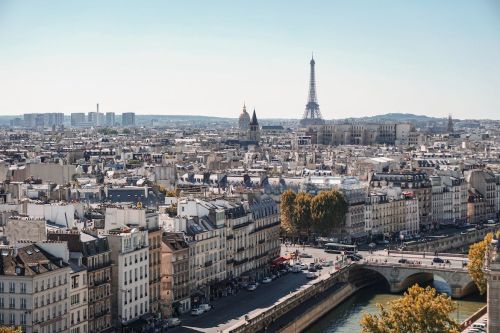Roland Garros was a French aviator who played an important role in the history of aviation. He began his aviation career in 1909 and achieved many aerial achievements.
He participated in races and broke altitude records. He also contributed to the development of the Air Force. Garros became one of the first fighter pilots during World War I and the first pilot to fly an aircraft armed with a fuselage-mounted machine gun capable of firing "forward" through the aircraft's propeller.
Although he was not a tennis player, he became the patron saint of the famous tennis court in Paris where the French Open is held.
He was born in 1888, when no one in the world dreamed of the existence of such machines as airplanes. He died aboard one of them, during a dogfight, just before his 30th birthday and a few weeks before the armistice in 1918.
Although his father was from Toulouse and his mother from Lorient, they were not casual visitors to the island. The family had lived in Saint-Denis for a long time. Roland was born there on October 6, 1888 in rue de l'Arsenal, which is now called rue Roland-Garros.
Saint-Denis is the largest city on the island with more than 150,000 inhabitants.
He lived in Saigon until the age of twelve, when his parents sent him to Paris to study at the private Collège Stanislas de Paris. A severe bout of pneumonia interrupted his studies for a year. During this time, Garros convalesced in Cannes.
The convalescence was largely based on physical activity. Garros took up cycling and was interested in football, rugby and tennis. As a cyclist, he participated in and won the inter-school championships in that sport.
He was interested in music and initially studied it to become an outstanding pianist.
He dropped out of college and founded a car dealership in Paris at the age of twenty-one. He became friends with Ettore Bugatti, an Italian car designer and manufacturer.
In 1913, he became the first owner of a Bugatti Type 18, also known as the Garros. By its second owner, the British racing driver Ivy Cummings, the car was named Black Bess. The car survives to this day in the Louwman Museum in the Netherlands.
This was the first competition for the prestigious Gordon Bennett Trophy, sponsored by Gordon Bennett, publisher of the New York Herald, which was won by the American Glenn Curtiss in competition with Louis Bleriot.
During the eight-day event, Henri Farman broke the world record for the longest flight, covering a distance of 180 kilometers. The event also saw the flight debut of the lightweight Gnome 7 Omega engine (8 L / 50 hp), the first mass-produced rotary engine.
He obtained his pilot's license in July 1910 and bought his first plane, a Clément-Bayard Santos-Dumont Demoiselle called the Dragonfly, for 7,500 francs. It was one of the first light sport planes and one of the cheapest on the market.
Garros took part in many European air races. He finished second in the Paris-London-Paris race (1st Circuit of Europe).
He won the Grand Prix d'Anjou in 1911 and triumphed in several air races, such as the Paris-Rome and Paris-Madrid flights. In 1911, he flew in the first air show in Mexico. He also became a test pilot for the Morane-Saulnier aviation company.
This record was broken a year later by Austrian aviator Phillipp von Blaschke (4360 meters), but Garros did not let him enjoy the victory for too long, less than a month later he soared to 5610 meters.
This flight took place on September 23, 1913, from Fréjus-Saint Raphaël in the south of France to Bizerta in Tunisia (780 kilometers), in a Morane-Saulnier G (a two-seater monoplane for sports and racing, manufactured in France). The flight began at 5:47 a.m. and lasted nearly eight hours, during which Garros fixed two engine failures.
He arrived in Germany at the invitation of Helmut Hirth, an aeronautical engineer, who gave Garros a tour of German aircraft factories. While in Berlin, rumors of an impending war reached Roland. Surprised and frightened by these reports, he got into his Bugatti and left Germany with his mechanic Jules Hue.
Upon returning home, he enlisted in the French army as an aviator. As a lieutenant, he was sent to the Western Front, where he served in Escadrille Morane-Saulnier Squadron 23 (MS 23).
Early in World War I, the possibility of mounting a forward firing machine gun on a fighter aircraft without the bullets hitting the propeller was considered. Work was begun on a synchronizer, but no satisfactory results were achieved.
Garros, with the help of his mechanic Jules Hue, developed protective deflectors mounted on slightly tapered propeller blades to deflect projectiles that might hit them. With this device mounted on his Morane-Saulnier Type G monoplane, he achieved the first downing of an aircraft by a fighter firing through the propeller. This occurred on April 1, 1915, when he attacked four German Albatros biplanes. He scored two more victories over German aircraft on April 15 and 18, 1915.
In 1918, the Aeroclub of America awarded Garros a medal for this invention.
Before being captured, Garros managed to set fire to the fuselage, but the plane's cannon and armored propeller were preserved and ended up in the hands of the Germans. The remains were given to the brilliant aircraft designer Anton Fokker for inspection.
Fokker, however, did not find Garros' invention effective or reliable, and soon designed a suitable synchronous transmission, which was installed in the German Fokker E.I. aircraft. Thus began a period of German dominance in the air that lasted until about the end of 1916.
Together with French aviation pioneer Anselme Marchal, he escaped to Belgium in February 1918 and returned to France from there. In October 1918, the day before his 30th birthday, he was shot down near Vouziers, probably by German pilot Hermann Habich. Garros' body was identified by his best friend, Edmond Audemars.
Roland Garros was buried in the Cimetiere municipal cemetery in Vouziers, northern France.
A fighter ace or air ace is an honorary title given to fighter pilots who shoot down a certain number of enemy planes, usually at least five.
In the case of Roland Garros, it was four enemy planes shot down. The honor of becoming the first fighter ace went to another French aviator, Adolphe Pégoud, who managed to shoot down six planes.
It is located in the 16th arrondissement (district) of Paris, where the Grand Slam tennis tournament, the French Open, is held.
It is one of the largest tennis facilities in the world. It has 18 courts, two of which have stands for several thousand people. The main arena of the complex is the Court Philippe Chatrier, the tennis stadium where the Grand Slam tennis tournament French Open has been played since 1928.
These models are: 106, 205, 206, 206 CC, 207 CC, 306, 307 SW, 308 CC and 405 with luxurious equipment - mainly dark green metallic paint, aluminum wheels and beige leather interior.







